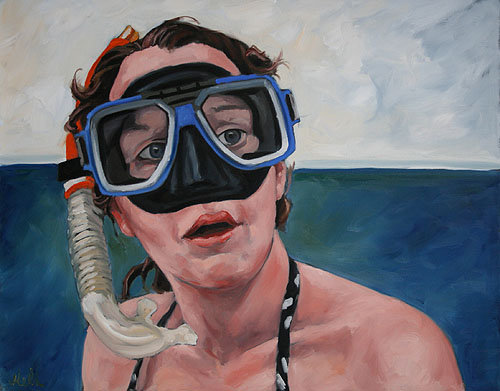 Myspace has long been a mecca for musicians who are looking to get the word out and start a following, but until recently visual artists have not capitalized on the aspects social networking with the same fervor.
Myspace has long been a mecca for musicians who are looking to get the word out and start a following, but until recently visual artists have not capitalized on the aspects social networking with the same fervor.
This is beginning to change as visual artists are now using this new medium as a way around established gatekeepers, creating open alternative arts spaces online. Ever since discovering Miranda July's Learning to Love You More in undergrad I've been interested in crowd sourced art projects, and with new social mediums like Facebook and Twitter, artists are now able to easily create a community that is interested and involved in their artwork.
Matt Held, a Brooklyn based painter, started a Facebook group in order to create a pool of images to paint from by utilizing his friends' profile pictures. His Facebook group, "I'll have my Facebook portrait painted by Matt Held" has sense grown exponentially.
Matt explained, "I have always painted from photos and was having a complete painters block. I needed an exercise in skin tone and did one of my wife from her profile. We put the group up and I thought maybe if 50 people joined, I would be able to work through the block. People liked it and as I said, this quick communication has proved true, there are nearly 3,400 people in the group now. It's been a really great tool, really great!"
Matt has recently completed his 37th portrait in the four months since beginning this project, and is looking forward to exhibiting all 200. Social media is quickly creating a rich creative playground for visual artists to explore, and Matt is realizing how large the demand is for creative projects online.
"It's a perfect vehicle to combine mediums with technology and connect with other artists, gallery owners, curators, critics, editors, etc. very quickly. Facebook is set up so perfectly for that and now as other sites like Twitter broaden their user base, this level of instant communication with people around the world - not via the news, but from the mouths of people - it's just an inexhaustible resource."


Outside of the standard Facebook/Myspace/Twitter sites, artists are creating their own networks. Myartspace and the Brooklyn Arts Project are both new social networks for creative artists that capitalize on the accessability of the internet, and the networking opportunities that can be created for artists.
These sites both have an ongoing blog of current events, as well as user submitted blogs. Curators are invited to post calls for artists, and on the Brooklyn Arts Project site there is an online store where you can purchase framed art prints of featured artwork. These cites are creating a depth of relevant content as well as a definitive sense of community that is important to any group of artists.
Some galleries are also using their websites as interesting alternative exhibition spaces. 20X200 is a small gallery space on Manhattan's Lower East Side that releases limited edition art prints at incredibly low prices. Jen Bekman has made a name for herself by making art available to everyone.
(limited editions × low prices) + the internet = art for everyone
The site introduces two new artworks every week, one photograph and one work on paper. They are available in three sizes that vary in price from $20 for a small print, to $200 for the largest size.
In the days/weeks/years to come, visual artists will continue to find new ways of utilizing the web to create interactive and crowd sourced projects as well as to venture beyond the pristine white walls of the gallery and create new avenues for audience engagement.
I agree with Matt Held when he said "One of the things I have noticed in the past few weeks are more and more artists doing different things. One artist updated her status every 60 seconds for 16 hours as a means of opening dialogue about self exposure, narcissism, social controls, etc. Another is trying to put together a large group, 500 people, to do a massive tweet at the same time with super secret instructions. I am quite certain that we are just seeing the beginnings of the exploration on the creative use of social networks as an artistic platform."
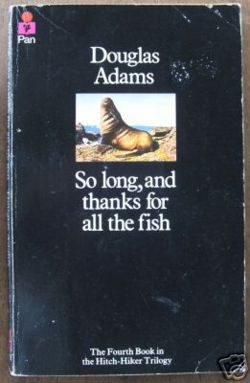





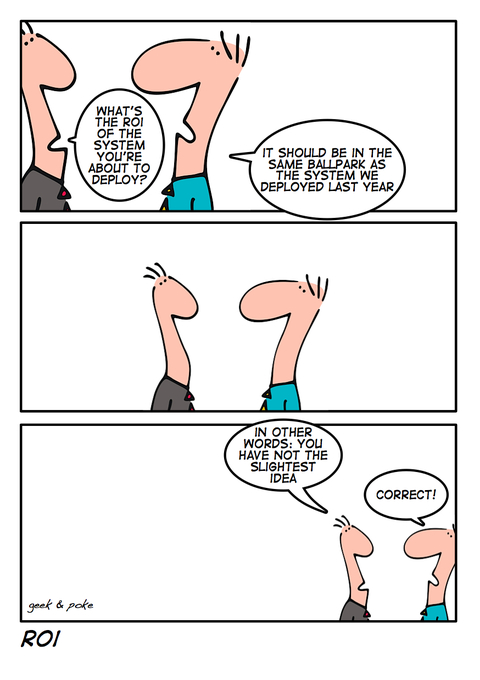 For many arts organizations out there right now, this is how we seem to be calculating the ROI for Social Networking and Media. Everyone seems to be groping in the dark to boil down a simple monetary answer to this question of, "What is *your organization here*'s return on investing in Social Media?"
For many arts organizations out there right now, this is how we seem to be calculating the ROI for Social Networking and Media. Everyone seems to be groping in the dark to boil down a simple monetary answer to this question of, "What is *your organization here*'s return on investing in Social Media?"

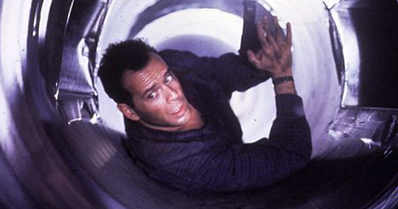
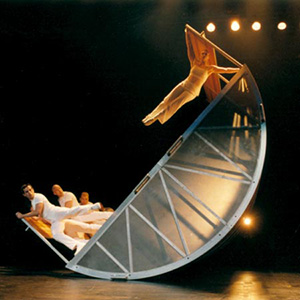

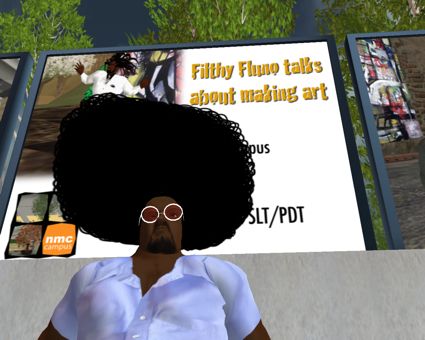 Second Life has been receiving a lot of press recently as an alternative Virtual Reality Art Market. The New York Times recently released an
Second Life has been receiving a lot of press recently as an alternative Virtual Reality Art Market. The New York Times recently released an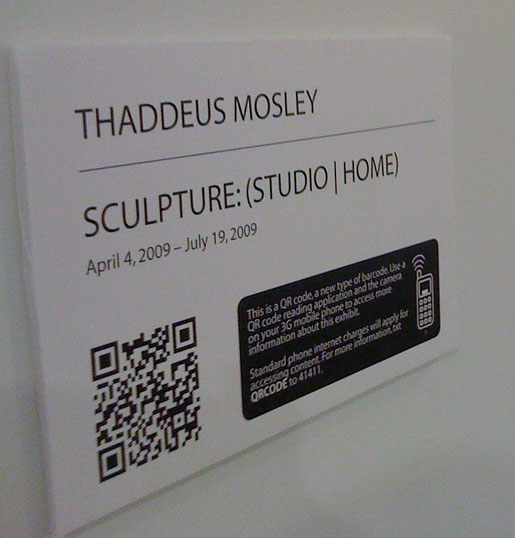
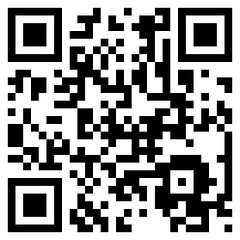






 If you haven’t noticed, Facebook has changed its homepage layout, and a lot of the features available to user profiles are now also available for Pages.
If you haven’t noticed, Facebook has changed its homepage layout, and a lot of the features available to user profiles are now also available for Pages.